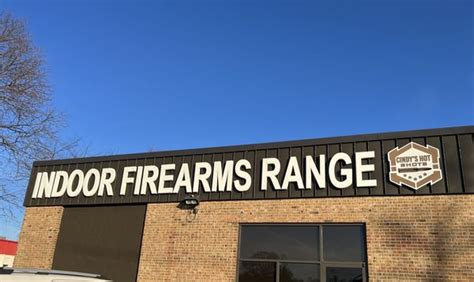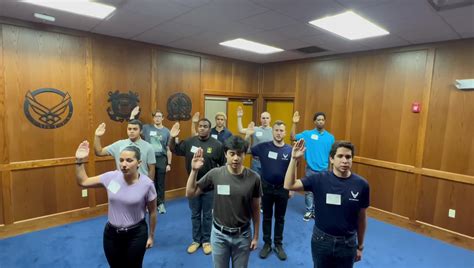Military
22 Veterans Lost Daily
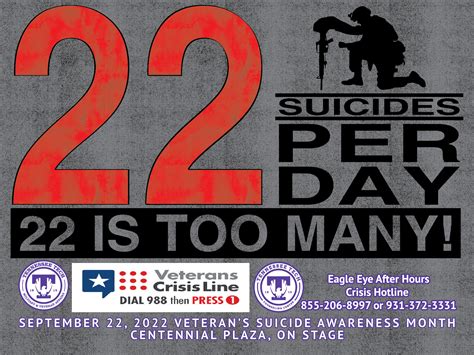
Introduction to the Crisis

The statistic that 22 veterans lost daily is a stark reminder of the crisis that faces the veteran community in the United States. This number, which translates to over 8,000 veterans lost each year, is not just a statistic, but represents the lives of individuals who have served their country, only to struggle with the aftermath of their service. The reasons behind this alarming rate of loss are complex and multifaceted, involving issues such as post-traumatic stress disorder (PTSD), traumatic brain injury (TBI), depression, and difficulty reintegrating into civilian life.
Understanding the Challenges Faced by Veterans
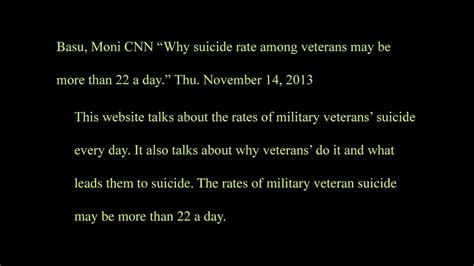
Veterans face a unique set of challenges that contribute to the high rate of loss. Some of the key challenges include: - PTSD and Mental Health Issues: The experience of combat and other traumatic events can lead to the development of PTSD and other mental health issues. These conditions can significantly impair a veteran’s ability to function in daily life and increase the risk of suicide. - Substance Abuse: Veterans may turn to substance abuse as a way to cope with their experiences, which can exacerbate mental health issues and increase the risk of suicide. - Difficulty Reintegrating into Civilian Life: The transition from military to civilian life can be difficult for many veterans. This transition involves not only finding employment but also readjusting to family and social relationships, which can be challenging. - Lack of Access to Healthcare: Despite the existence of veteran-specific healthcare services, many veterans face barriers in accessing the care they need. These barriers can include long wait times, lack of providers, and stigma associated with seeking mental health care.
Efforts to Address the Crisis

There are numerous efforts underway to address the crisis of veteran suicide. These efforts include: - Improving Access to Mental Health Care: Initiatives aimed at increasing access to mental health care for veterans, such as expanding telehealth services and reducing wait times for appointments. - Peer Support Programs: Programs that connect veterans with peers who have experienced similar challenges, providing support and understanding. - Community Outreach and Awareness: Efforts to raise awareness about the issue of veteran suicide and to encourage veterans to seek help. This includes campaigns to reduce stigma around mental health issues and to promote resources available to veterans. - Research and Policy Changes: Ongoing research into the causes of veteran suicide and policy changes aimed at addressing these causes, such as improving transition services for veterans leaving the military.
Resources for Veterans
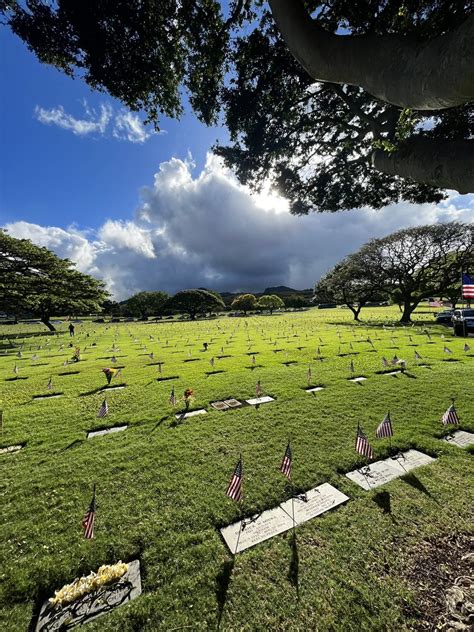
For veterans who are struggling, there are resources available: - Veterans Crisis Line: A 24⁄7 hotline that provides immediate support to veterans in crisis. Veterans can call 1-800-273-8255 and press 1 to reach the crisis line. - VA Mental Health Services: The Department of Veterans Affairs offers a range of mental health services, including counseling, therapy, and medication management. - Local Support Groups: Many communities have support groups for veterans, providing a space for veterans to connect with others who understand their experiences.
🚨 Note: If you or someone you know is in crisis, please reach out to the Veterans Crisis Line or another trusted resource for support.
Conclusion and Call to Action

The loss of 22 veterans daily is a tragic reminder of the need for continued action to support our nation’s veterans. By understanding the challenges faced by veterans and supporting efforts to improve access to care, reduce stigma around mental health, and promote community support, we can work towards reducing this staggering statistic. It is imperative that we continue to prioritize the well-being of our veterans, ensuring they receive the care and support they deserve. This is not just a moral obligation, but a necessary step towards healing the wounds of war and supporting those who have served their country.
What is the main cause of the high rate of veteran suicide?

+
The main causes are complex and include PTSD, TBI, depression, and difficulty reintegrating into civilian life.
How can I support a veteran who is struggling?

+
You can support a veteran by encouraging them to seek help, connecting them with resources like the Veterans Crisis Line, and being a supportive and understanding listener.
Are there any specific resources for veterans dealing with PTSD?

+
Yes, the VA offers specialized services for veterans with PTSD, including therapy, counseling, and peer support groups.
